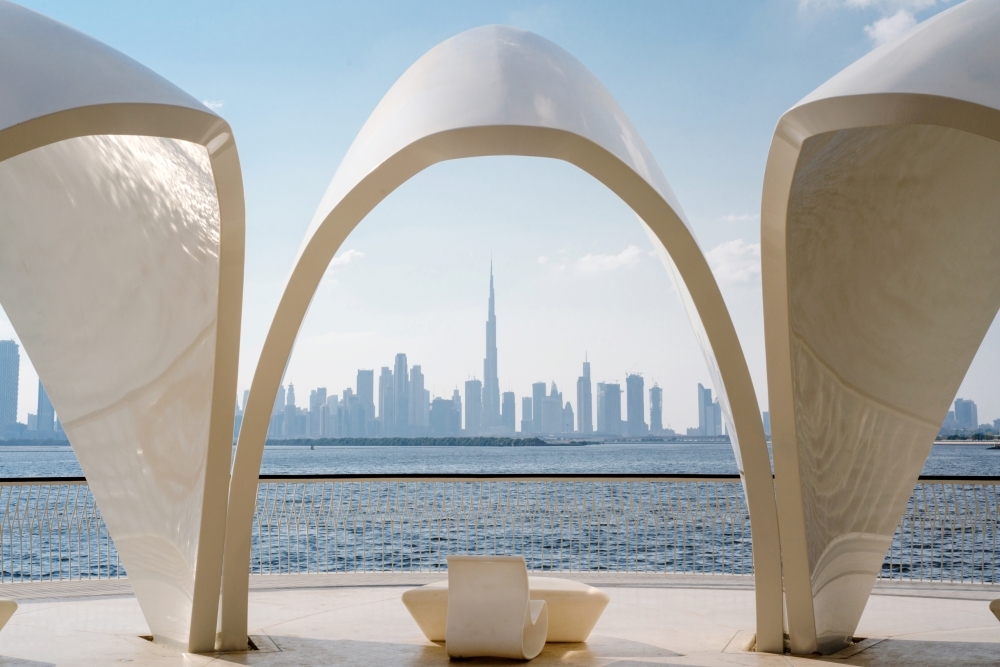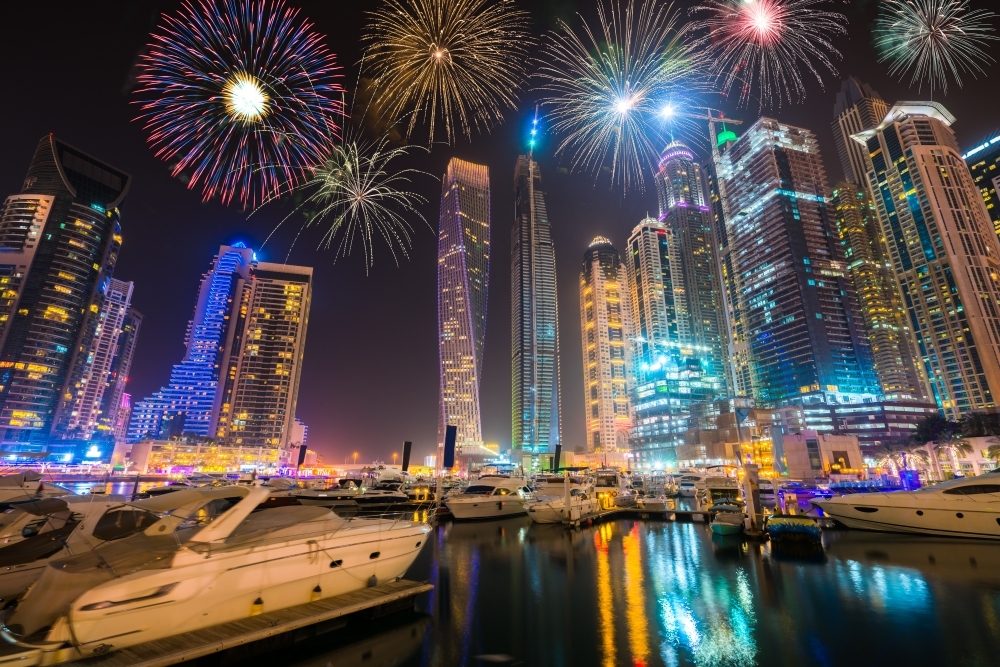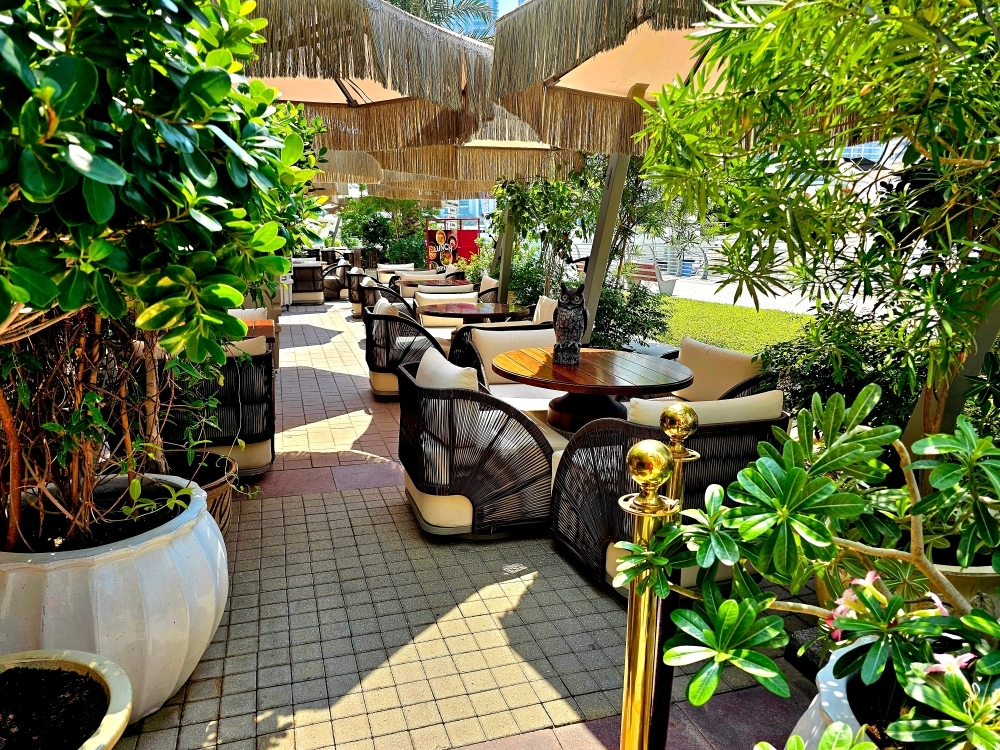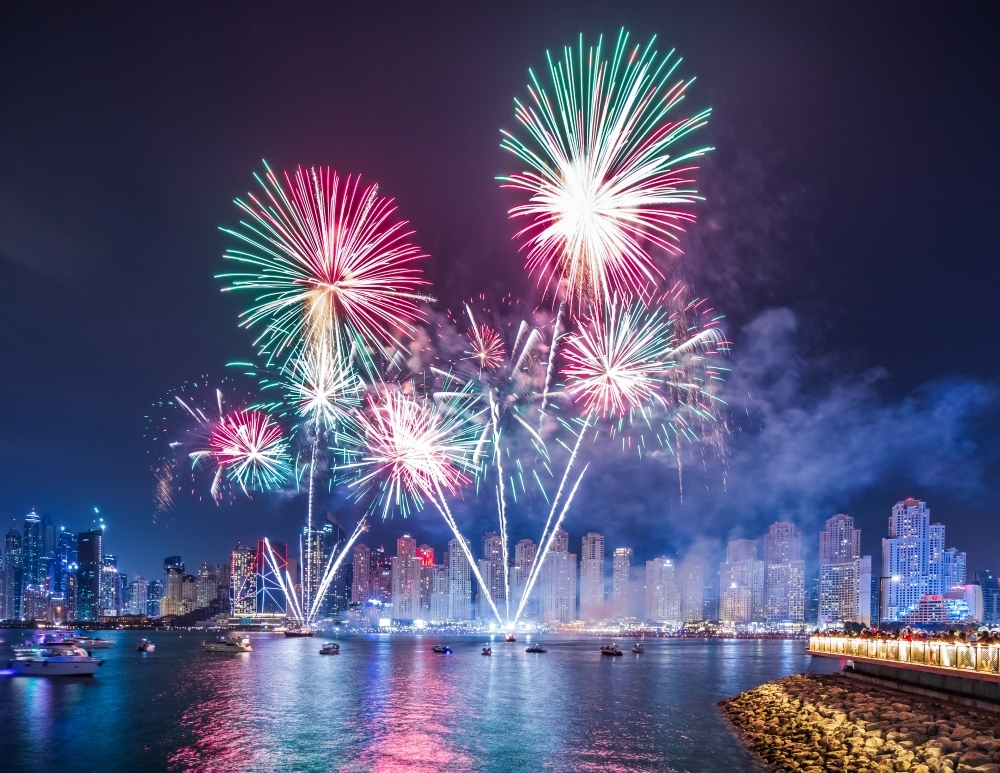Best Bars in Palm Jumeirah: A Sip Between Fronds and Crescents
In the Victorian age, drinking houses were divided into public bars, plain and often standing-room only, and saloons, where higher prices were justified by furnishings, table service, and a measure of privacy. Screens, counters, and partitions were not merely decorative, but instruments that shaped how people spent their evenings and what they were prepared to pay. By the late twentieth century, those partitions had largely disappeared, giving way to open-plan interiors. Their influence, however, remains visible in the way modern bars organise a single room, calibrated not by class but by atmosphere and function.
On Palm Jumeirah, the island drawn out in crescents and fronds, bars follow much the same instinct. It is in the enclosed lounges, rather than on the rooftops, that the closest echo of the Victorian saloon is felt – upholstered, intimate, and defined by privacy and service. By contrast, the beachfront bars recall the tap room’s open conviviality, where the counter is still the natural centrepiece of service, with every pour and every mix carried out in full view, one glass at a time.
From saloons to snugs and terraces, the lineage of the most extravagant bars in Palm Jumeirah features rooms where evening unfolds in private or in company, against the skyline or by the sea.
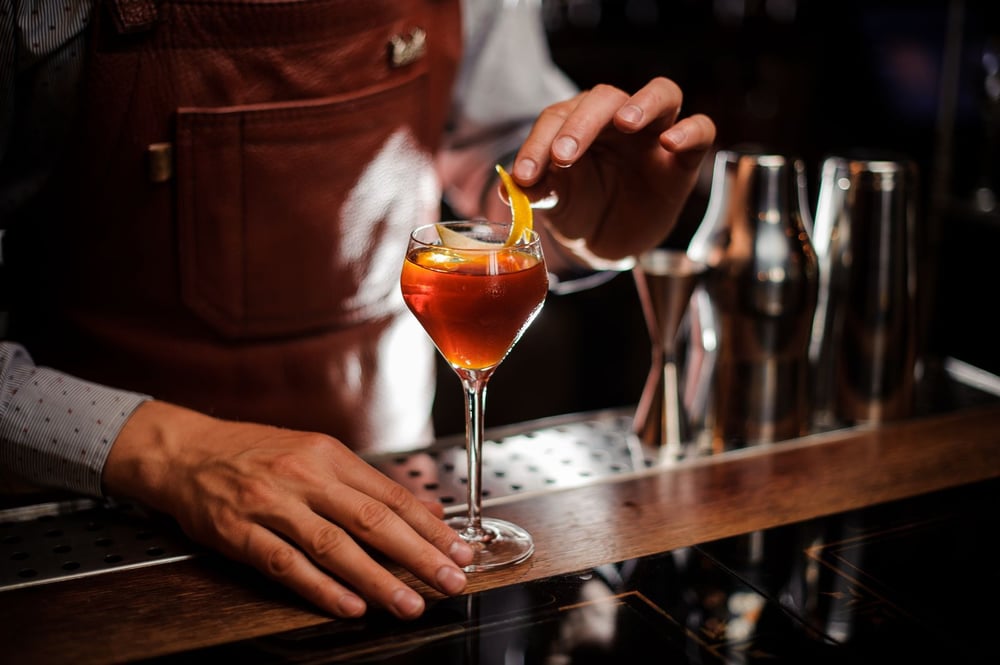
The Penthouse, FIVE Palm Jumeirah
The Penthouse, set on the 16th floor of FIVE Palm Jumeirah, reveals a rooftop venue with two glass-fronted pools, tiered decks, and an indoor–outdoor lounge that frames views of the Palm Jumeirah coastline and Dubai Marina. The layout is designed for a full evening – dinner leads seamlessly into a DJ-driven programme without the need to change settings. The kitchen leans towards modern Japanese plates with European accents, while the bar balances house signatures with refined classics. Dress codes are enforced at peak times, with reservations customary for sunset and weekends. The concept has since travelled abroad with a branch in Zurich, though Dubai remains the original.
Trader Vic’s The Palm, Hilton Palm Jumeirah
Trader Vic’s has been a tiki institution since 1934 and the birthplace of the Mai Tai, its world-famous cocktail. The Palm Jumeirah branch carries that legacy onto the island, with bamboo motifs, golden pendant lamps, and tribal carvings shaping the room into a Polynesian escape. At the bar, rum-heavy serves arrive in signature mugs, often with a dash of drama, while the kitchen works Pacific Rim dishes and island-style plates designed for sharing. From the booths and the long counter, guests can watch bartenders shake, muddle, and flame tiki serves in the chain’s signature glassware – coconuts, skulls, and totems cast in ceramic. Live music fills the evenings, shifting the mood from dining to carnival as the night builds.
CouCou Dubai, The Palm Tower
Perched on Level 52 of The Palm Tower, CouCou commands a 360° panorama that captures Palm Jumeirah, the Gulf, and the Dubai skyline. The space functions as a restaurant, lounge, and open-air terrace, its architecture conceived to fold dining into social evening flow. Seating and booths are oriented to face the horizon; a dedicated shisha area nods to local custom. The menu favours Mediterranean cuisine using curated ingredients, while the bar presents theatrically garnished cocktails built on classically rooted templates. At sunset and late in the evening, the venue pulses with energy, and reservations are routine to secure prime vantage points.
Above Eleven, Marriott Resort Palm Jumeirah
Above Eleven brings its Bangkok heritage to Palm West Beach, carrying forward a Nikkei identity that fuses Japanese precision with Peruvian tradition. On the menu, ceviche, tiradito, sushi, and wagyu sit comfortably beside pisco sours, sake, and Japanese spirits, keeping the kitchen and bar to a common line. The design references New York’s Central Park, its landscaped terrace framing views across the Palm, and out towards the Burj Al Arab and Marina skyline. Inside, the lounge and bar sustain the tempo, with resident DJs lifting the pace as the week turns to the weekend. Smart-casual dress is expected, and tables at sunset remain the most in demand.
Jade, FIVE Palm Jumeirah
Jade is reached from within Maiden Shanghai, concealed beyond the restaurant rather than marked from the street. Guests enter through a passage marked with drawings and motifs that recall traditional Chinese stories – a quiet narrative touch that sets the tone before a drink is poured. As the name suggests, the room is cast in shades of green, from floors tiled in jade-green to the glow of lanterns above, a palette that nods to the stone’s traditional symbolism of harmony and fortune in Chinese culture. Styled as an intimate 1920s-inspired lounge, Jade trades the skyline for atmosphere, placing its emphasis firmly on glassware, pacing, and table service. The bar works to a classic cocktail grammar, with house variations layered across Asian-inspired signatures. Dim sum and small plates are offered as pairings, seating is largely banquette-based, and capacity is kept deliberately tight as the music turns more insistent late into the evening.
SoBe, W Dubai The Palm
SoBe claims the west-facing terrace at W Dubai, The Palm, where the sunset governs the evening. The terrace wraps the corner of the building, giving it a vantage across the Gulf. Inside, the lounge is dressed in neon tones and mirrored detail, extending the visual rhythm indoors. Music is central here, shifting between Latin tones and contemporary dance sets as the night gathers pace. The drinks list leans into tropical builds of rum, tequila, fruit, and spice, alongside signatures tailored for the terrace. Food is scaled for sharing and works as well for standing tables on the deck as for the banquettes indoors. At weekends, demand peaks and reservations are the rule rather than the exception.
Barfly by Buddha-Bar, Hilton Dubai Palm Jumeirah
Barfly began life in Paris in 1995 as a hybrid restaurant, lounge, bar, and supper club – later drawn into the Buddha-Bar family as its nocturnal sibling. The Dubai outpost, on the 13th floor of the Hilton Dubai Palm Jumeirah, holds to that template. The main room is kept deliberately low-lit, with booths and banquettes giving it a Parisian after-hours mood, while the soundscape shifts across the night from downtempo to house. The kitchen runs a broad register, drawing Asian and Western references into both its plates and its cocktails. The terrace, by contrast, is open to the skyline, looking over Palm West Beach and out towards Dubai Marina. Green upholstery, glass balustrades, and wide sightlines temper the darker mood of the interior, giving the venue its dual rhythm: part supper club, part view-led lounge.
McGettigan’s Factory, Hilton Dubai Palm Jumeirah
McGettigan’s Factory is the group’s modern variant, designed in an industrial style within Hilton Dubai Palm Jumeirah. It is an open-plan space, layered with steel frames, timber beams, and exposed brickwork, giving it a loft-like mood softened by leather banquettes and statement chandeliers. Screens track major fixtures, and a small stage is reserved for live sessions, making sport and music the two obvious drivers of the room’s energy. The kitchen turns out the pub standards one would expect – burgers, fish and chips, and Sunday roasts – but stretches to include international plates to suit its hotel setting. On tap, draught lines rotate alongside bottled beers, while mixed drinks carry the rest of the bar’s rhythm.
The Tap House Club Vista Mare, Palm Jumeirah
The Tap House sits along Club Vista Mare, with tables that stretch from a contemporary interior out to a terrace directly on the beach. The bar catalogue leans on international craft beers – draught and bottled – complete with tasting paddles and menu notes to guide the curious. The kitchen keeps to gastropub territory: burgers, seafood, and sharing platters geared towards groups. Brunch at weekends and live sport screenings bring the heaviest crowds, while midweek the rhythm is steadier, shaped by the shoreline setting.
Raia Rooftop Bar & Lounge, Taj Exotica Resort & Spa
Raia crowns the 14th floor of Taj Exotica Resort & Spa, The Palm, and its terrace is angled west so the horizon reads as part of the room. The design folds Arabic latticework and patterned screens into a restrained contemporary palette, while the marble bar sits beneath a sculpted ceiling. Outside, the terrace is tiered to maximise sunset sightlines across the Gulf. The kitchen balances Mediterranean and Indian small plates, while the bar builds spice-led signatures – cardamom and saffron folded into classic frameworks – alongside international standards. Music and lighting extend the rhythm past dusk, shaping the space as both lounge and late-evening draw.
A Note on the Palm Bars
The island hosts a blend of imported legacies and local invention. A tiki institution dating back to 1934 pours its Mai Tais against the Gulf; a Parisian lounge from the 1990s keeps its after-hours mood intact above the water; and a Bangkok brand rooted in Nikkei cooking now takes its place on Palm West Beach. Each has adapted to the island’s layout of crescents and fronds, showing how Dubai fills new districts not only with original concepts but also with traditions carried across continents.
